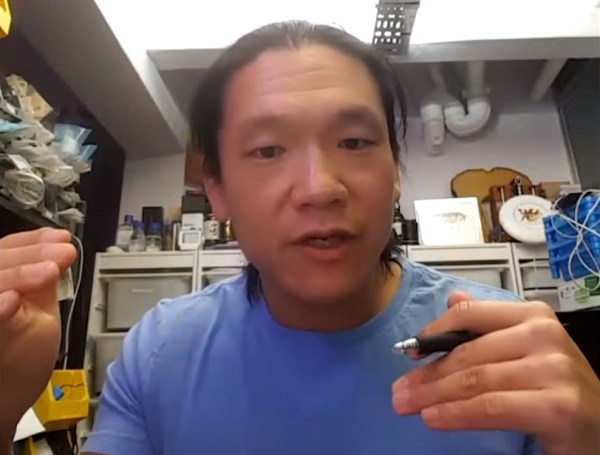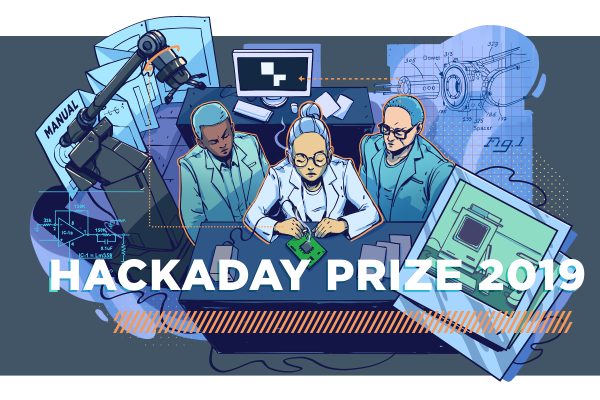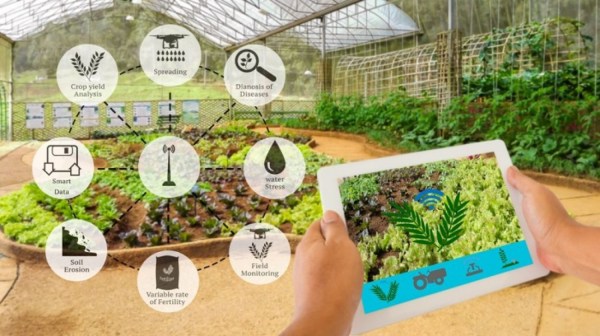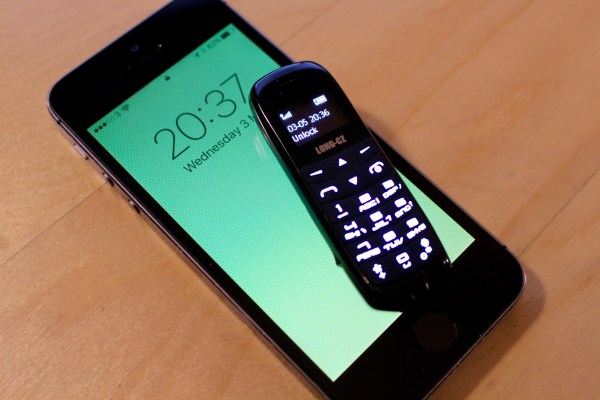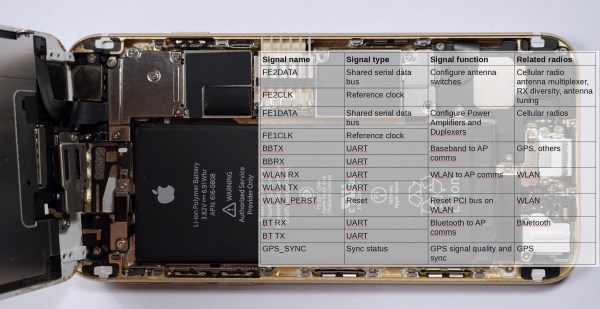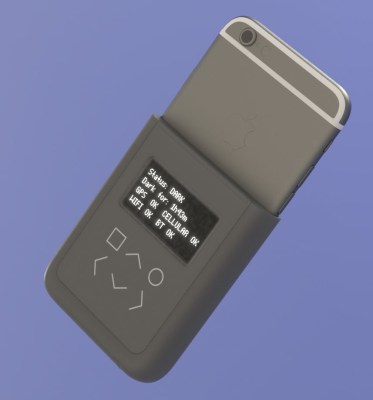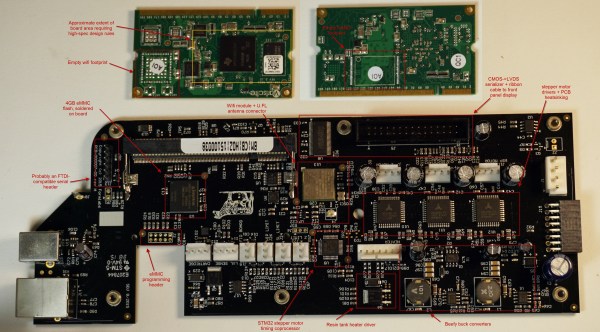Andrew “Bunnie” Huang’s mentor session for the Hackaday Prize shows off the kind of experience and knowledge hard to come by unless you have been through the hardware development gauntlet countless times. These master-classes match up experts in product development with Prize entrants working to turn their projects into products. We’ve been recording them so that all may benefit from the advice and guidance shared in each session.
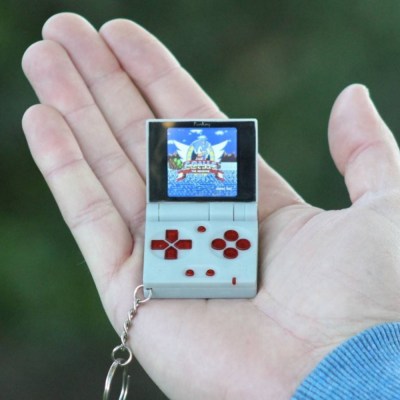
Bunnie is someone who is already familiar to most Hackaday readers. His notoriety in our community began nearly two decades ago with his work reverse engineering the original Microsoft X-box, and he quickly went on to design (and hack) the Chumby Internet appliance, he created the Novena open-source laptop, and through his writing and teaching, he provides insight into sourcing electronic manufacture in Shenzhen. He’s the mentor you want to have in your corner for a Hackaday Prize entry, and that’s just what a lucky group had in the video we’ve placed below the break.
While this session with Bunnie is in the bag it’s worth reminding you all that we are still running mentor sessions for Hackaday Prize entrants, so sign up your entry for a chance to get some great feedback about your project.
The first team to meet with Bunnie are FunKey, whose keychain Nintendo-like handheld gaming platform was inspired by a Sprite_tm project featuring a converted novelty toy. The FunKey team have produced a really well-thought-out design that is ready to be a product, but like so many of us who have reached that point they face the impossible hurdle of turning it into a product. Their session focuses on advice for finding a manufacturing partner and scaling up to production.

HotorNot Coffee Stirrer is trying to overcome a problem unique to their food-related project. A hot drink sensor that has to go in the drink itself needs to be food safe, as well as easy enough to clean between uses. A variety of components are discussed including a thermopile on a chip that has the advantage of not requiring contact with the liquid, but sometimes the simplest ideas can be the most effective as Bunnie reminds us that a cheap medical thermometer teardown can tell us a lot about appropriate parts for this application.
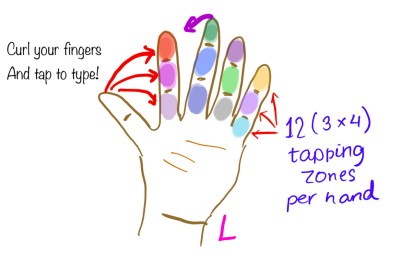
It’s another component choice problem that vexes PhalangePad, an input device that relies on the user tapping the inside of their fingers with their thumb. It’s a great idea, but how should these “keypresses” be detected? Would you use a capacitive or magnetic sensor, a force sensitive resistors, or maybe even machine vision? Here Bunnie’s encyclopaedic knowledge of component supply comes to the fore, and the result is a fascinating insight into the available technologies.
We all amass a huge repository of knowledge as we pass through life, some of the most valuable of which is difficult to pass on in a structured form and instead comes out as incidental insights. An engineer with exceptional experience such as Bunnie can write the book on manufacturing electronics in China but still those mere pages can only scratch the surface of what he knows about the subject. There lies the value of these mentor sessions, because among them the gems of knowledge slip out almost accidentally, and if you’re not watching, you’ll miss them.
This is the second in our series of Hackaday Prize mentoring sessions this year, but we have more already in the can and further sessions to record. We’re constantly looking for more participants though, so make sure if you haven’t already that you put your entry in for Hackaday Prize and check out the list of mentors who are here to share their knowledge and experience. Continue reading “Bunnie Huang Talks Manufacturing And Component Choices During Hackaday Prize Mentoring Session”

